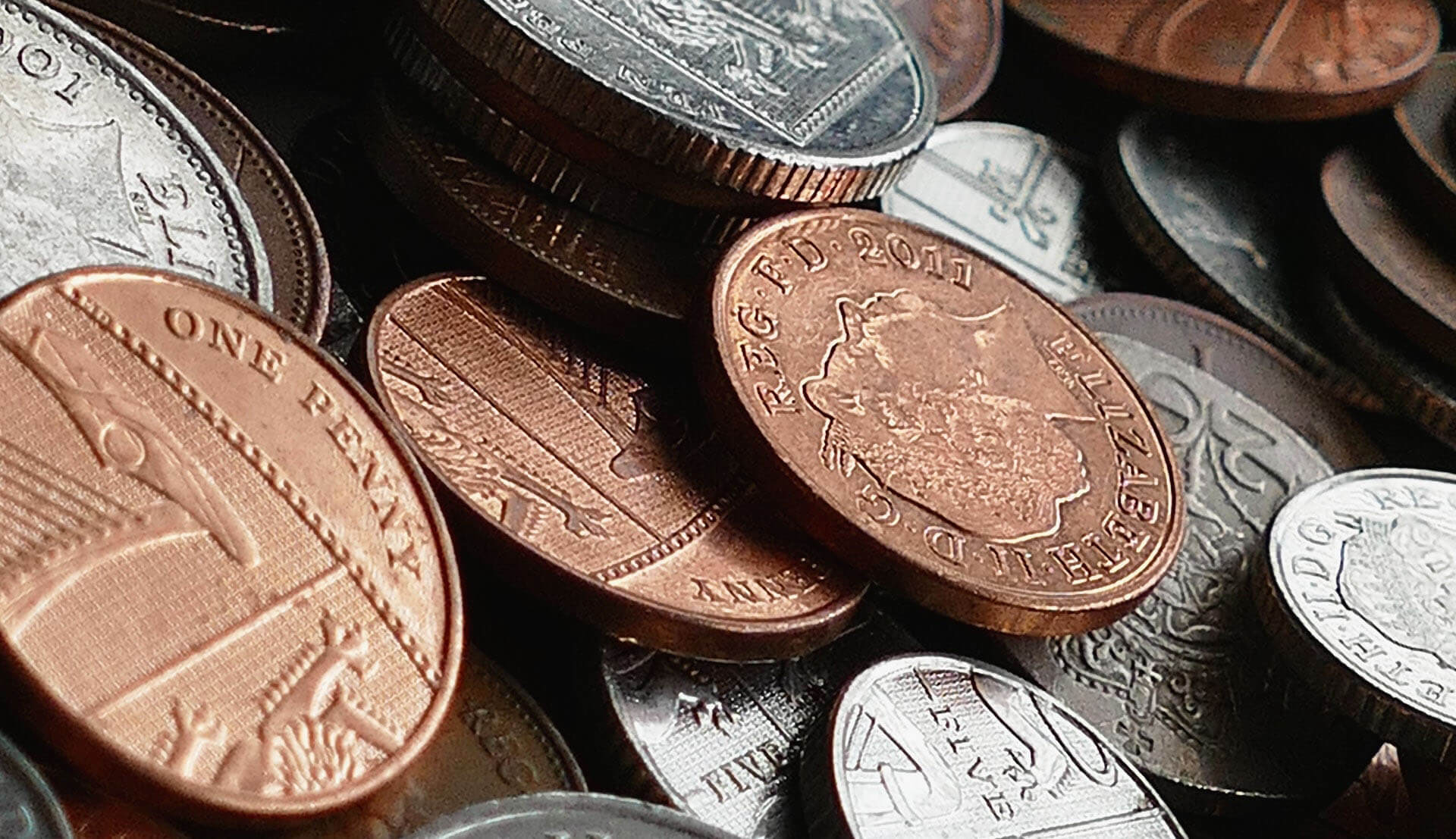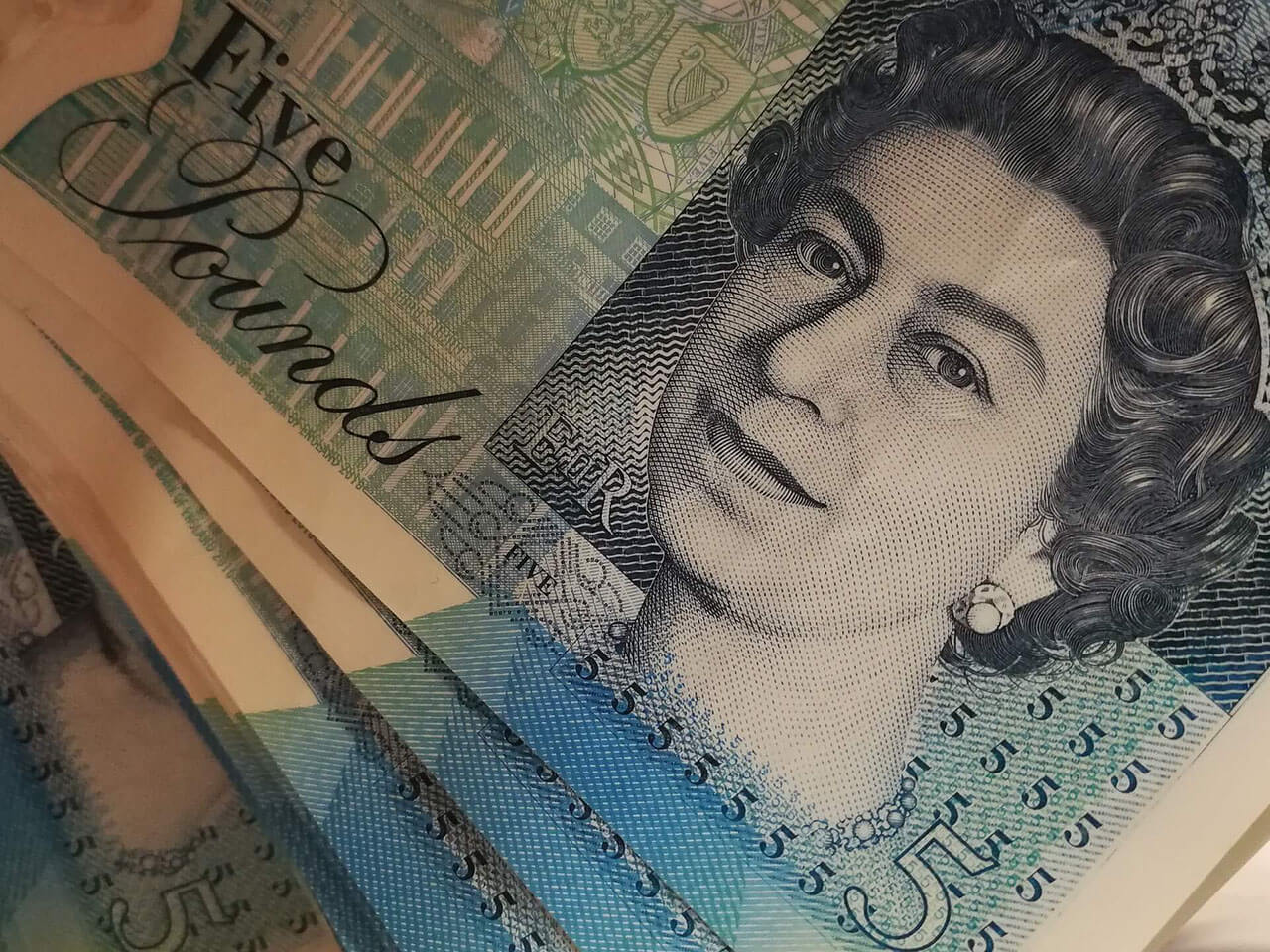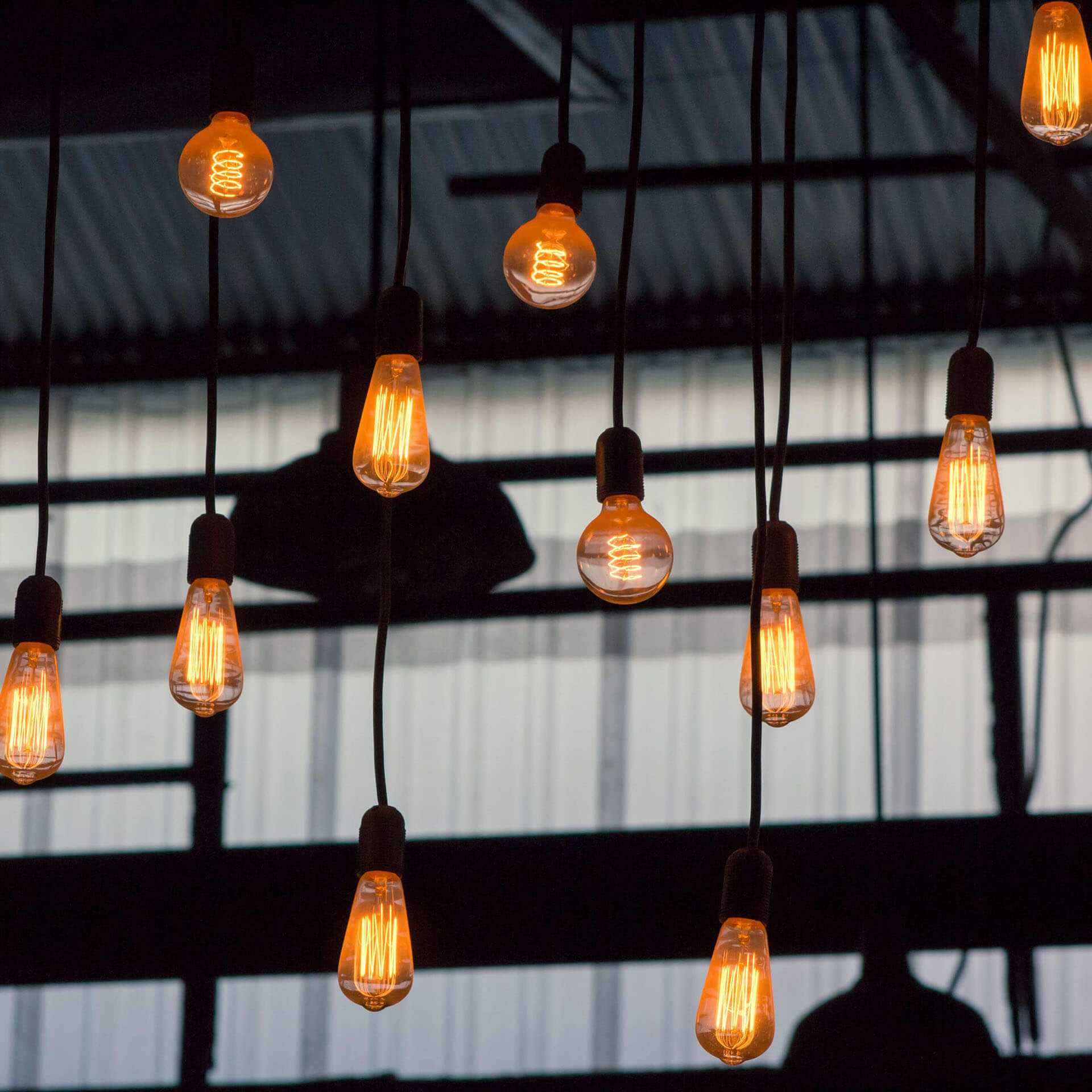
If you're used to switching energy suppliers regularly to find the best tariffs, you might have a good understanding of what to look for. But have you ever wondered how your energy usage is measured and how the costs are worked out?
The kilowatt-hour (kWh) is an important unit of measurement when it comes to your energy costs, and understanding what it means could help you determine where you're using the most energy and how you could save more.

What does kWh mean?
A kilowatt-hour (kWh) is a standard measure of electrical energy equal to the power consumption of one thousand watts for one hour.
For example, if you were to run a 1000-watt appliance in your home continuously for one hour, it would consume 1kWh of electricity. A 500-watt appliance would need to run continuously for two hours to consume 1kWh, a 250-watt appliance for 4 hours, and so on.

How much does 1kWh cost?
The kWh is used as the basis for most energy tariffs. Providers will often price their tariffs by the kWh, and there could be a significant difference in price between them. This is why many consumer groups advise people to shop around for better energy tariffs each year.
Your energy bill or statement should tell you how much power you're consuming in kWh, and how much it costs. Having a good grasp of how much energy you're using in kWh will make it much easier to price up new energy tariffs.

How can this save money?
As mentioned above, switching energy suppliers is a great way of saving money. It can be complicated, which is why understanding your usage in real terms, rather than just the cost, can help. Price comparison websites are a great place to start, but they may not list all energy providers or tariffs.
Smart energy meters also make it easier to track your energy usage. They are often supplied with 'in-home' displays, which show you how much energy you're consuming in real-time, so you can track how much you're spending.

Light bulbs and kilowatt-hours
The wattage of a light bulb gives you a good indication of how energy efficient it is. For example, a 50W light bulb would use 1kWh of energy after 20 hours usage, while a 5W light bulb would take 200 hours to generate the same. This is where LED light bulbs have the biggest advantage over traditional incandescent bulbs, as they are just as bright, but use only a fraction of the power.

 UK's #1 Specialist LED Retailer
UK's #1 Specialist LED Retailer
 Free Delivery Orders Over £50
Free Delivery Orders Over £50
 28 Day Returns Quality Guarantee
28 Day Returns Quality Guarantee